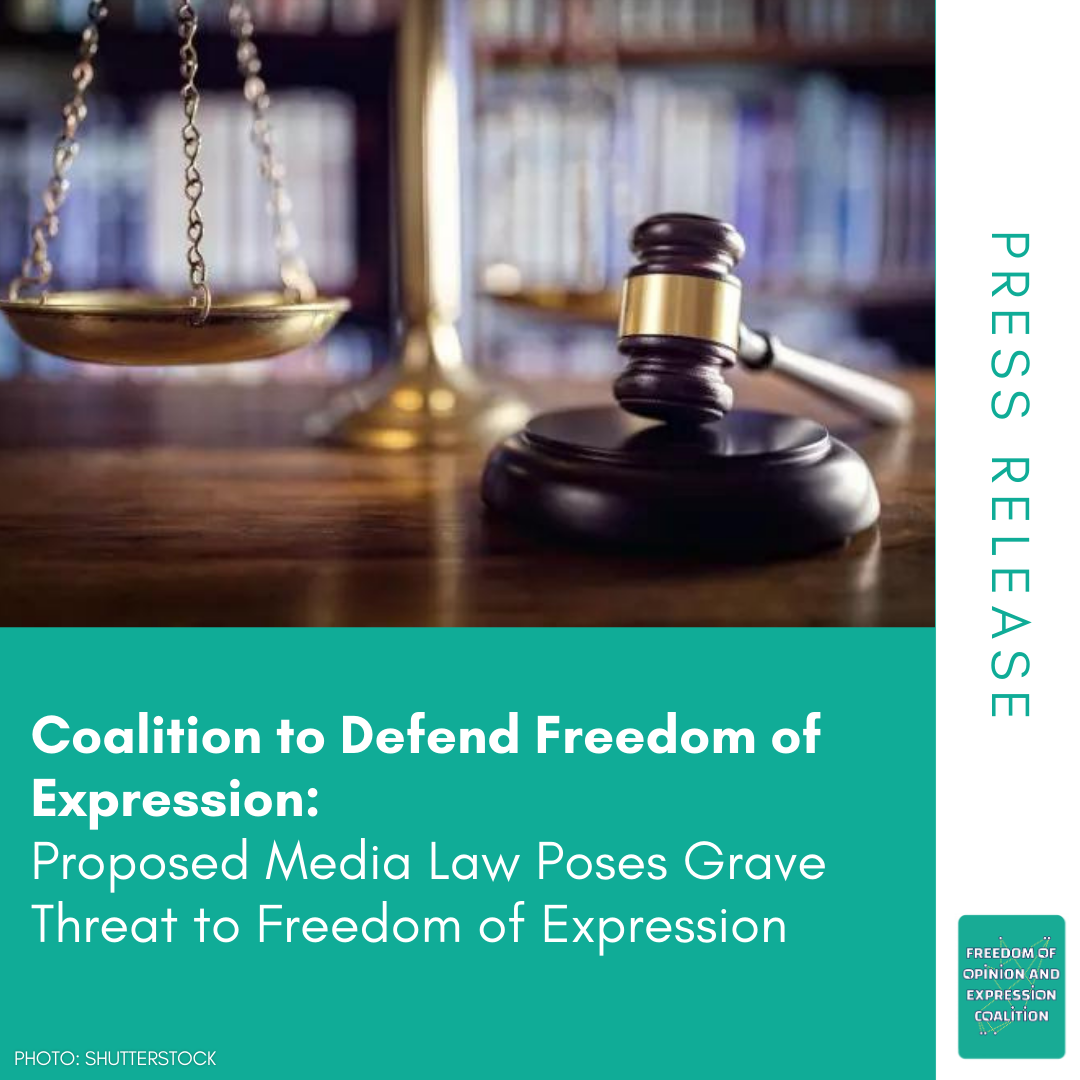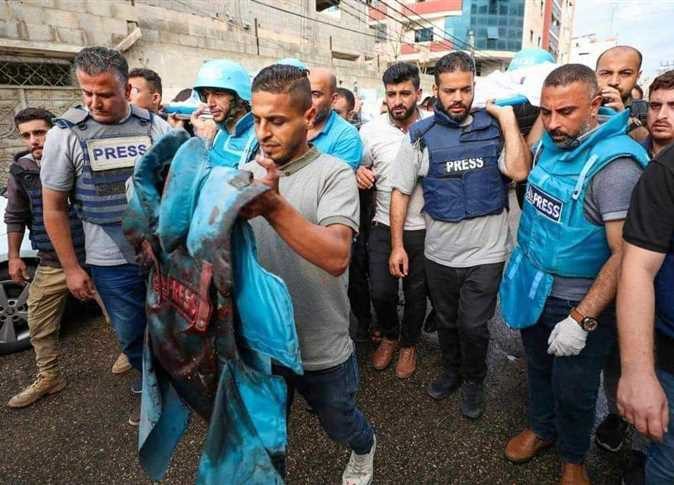Refugee Camps in Lebanon: Syrian Women Bodies as a Site of Structural Violence

“Women’s bodies are the first place where women are engaged in political struggle”.[1]
War displacement is a frequent cause of violence. During war, the intensity of gender-based violence (GBV) against women is at its highest. Women experience violence through their bodies. Being in the body of a woman, especially in that of a woman refugee, makes women more prone to a violence inflicted on their bodies (i.e. harassment, trafficking, rape).
This article aims to look at how the response to the Syrian refugee crisis in Lebanon addresses gender-based violence, and to what extent it reproduces gender roles. It is based on qualitative interviews with international and local NGOs that lobby for women’s rights, and in providing services for local and refugee women.
The Rise of Gender-Based Violence: No Safe Place for Syrian Refugee Women
Available literature and NGO reports show that there is no safe space for Syrian women refugees, neither in private nor in public space, as they face multiple forms of violence as a result of the conflict and displacement. Judson states “Assessments of the impact of the Syrian crisis indicate high levels of sexual and gender-based violence, with rape, assault, intimate partner violence and survival sex appearing increasingly common”.[2]
The International Rescue Committee (IRC) identified three main challenges facing Syrian female refugees; first, the daily reality of sexual exploitation and harassment; second, the increase in domestic violence which makes them feel that their homes are not places of refuge; and third, early and forced marriage in the context of displacement and dwindling resources.[3]
Syrian refugee women are sexually harassed wherever they go on a daily basis. These incidents occur while going out to buy bread, walking on the streets, going to school, and while going to the toilets inside the camps. Overcrowding and the lack of privacy in camps contribute to increasing the risk of GBV as the women don’t have access to separate toilets or showers, and are unable to live in a space where they can have their privacy.
Women also face harassment when they seek access to services. Hiba Abbani, project coordinator at the women rights NGO, KAFA, explains that women who are perceived as better looking than others are provided with aid packages before others and may sometimes be asked for favors in exchange for that aid. Health and medical services are also used as tools of exploitation. According to Lama Naja, Emergency Response Program Manager at the gender equality NGO, ABAAD, sexual harassment is committed by relatives of the survivors or people within the camps, as well as people outside the camps, Lebanese and Syrians alike.
Naja also says that early marriage is on the rise. Families say that they need to marry their young daughters in order to protect them or alleviate some of the economic hardship they face. However, instead of protecting women, these marriages often put them in a more vulnerable position and amount to a form of sexual exploitation.[4]
According to NGO interviewees, these forms of violence against Syrian refugee women are induced by the perception of the host community that these women are vulnerable. This renders them in the eyes of their abusers as early marriage or trafficking material, and a commodity that can be exchanged for goods, rent, favors and food. Lebanon’s weak legal framework fails to protect Syrian women and their Lebanese counterparts from GBV, which allows perpetrators to commit violent acts against women without fear of punishment by the state or the community itself.
Increased Vulnerability in Camps: The Shawish Phenomenon
Camps, whether formal or informal,[5] are structurally conducive to violence. They isolate refugees and constitute fertile grounds for gender-based violence. The very set up of a camp encourages the emergence of a hierarchical relations of power between the host community and the refugees which facilitates acts of exploitation. When the host community has the freedom to impose its own rules in informal settlements, refugees become more vulnerable and prone to exploitation by the camp landlords as their livelihood and access to shelter depend on them. This power is centralized in one person: the “Shawish”.
To date, there are no official reports published about the role of the Shawish in informal settlements. The following portrait of the Shawish is based on the experiences and observations of people who engage with refugees on a daily basis. The Shawish[6] is the landlord representative, assigned by the owner of the land on which the settlement was erected to manage the latter. In settlements, the Shawish has tremendous power to control refugees; he has the authority to allow refugees to settle on the land, collect rent, evict unwanted refugees, and sometimes even manipulate humanitarian agencies’ access to the camp. He acts as a mayor that takes care of all the daily administration of life in the camp. According to an aid worker who preferred not to be identified, “Nothing happens in the camp without the Shawish’s approval”. The Shawish’s authority sometimes includes the right to decide whether a girl can go to school, or if she is ready to be married at an early age. Defying the Shawish’s authority might lead to eviction from the camp. He is also able to harass women without any accountability since he controls most of the services and resources made available to refugees.
According to Rola El Masry, the Gender Equality Program Manager at ABAAD, women refugees reported that all the services for women pass through the Shawish, which was flagged by the NGO as a risk factor. In some settlements, the Shawish’s authority over women and girls is greater than that of the parents themselves. KAFA’s Hiba Abani also stated that the Shawish is the person who facilitates the entry of NGO personnel to the camp, and who gathers refugee women to participate in focus and support groups organized by the NGOs. Caroline Masboungi, the GBV Coordinator at the Danish Refugee Council (DRC), says they do not have evidence of such exploitative behavior by those acting as a Shawish. As part of their prevention of GBV, the DRC engage with Shawish individuals in order to sensitize them to the work that the DRC does in informal tented settlements. In some instances, Shawish’s contribute to the process of referring survivors of GBV to the DRC response services.
As mentioned earlier, however, the very structure of authority in formal and informal camps that invests so much power in the Shawish with little accountability, provides ample ground for GBV acts regardless of such sensitivity training.
Moreover, Lebanon’s policies toward Syrian refugees are a major contributing factor to the increase of violence against Syrian refugee women. These women perceive Lebanese authorities themselves as a threat and a source of violence. Women in camps are afraid of seeking the protection of the Lebanese police who are not seen as protectors, but rather, as perpetrators of violence against all refugees, regardless of their gender.
How Refugee Response Discourses Reproduce Normative Gender Roles
Access to legal, medical, social and physiological assistance is granted to Syrian refugee women through local and International NGOs, vis-à-vis women centers. These centers are usually safe spaces for women, where they can freely discuss issues related to GBV. NGOs also attempt to combat GBV by empowering women to protect themselves and others in their community from violence. Some NGOs also target men in order to raise their awareness about gender-based violence and assist them with managing their stress and anger, which are perceived as contributing factors to GBV.
Much of the NGO response to GBV violence among refugees is characterized by two aspects. The first concerns the type of tools provided to women refugees as a means to empowerment. Among others, these include training on home care, embroidery and make-up. Even though these skills are helpful for women to make their own living, such a choice of skills reproduces the gender roles of homemaker and caretaker that are traditionally assigned to women. This will, for example, reduce the social acceptance of a woman who does not get married. The problem lies in the assumption that home care is a women’s natural role in society. However, as feminist academic Judith Butler contends, gender is a social construct[7] which society itself constructs and to which it assigns gender-specific roles, and reproduces them. There is no primary gender, gender is not a natural phenomenon but is reproduced by imitation, which facilitates its reproduction. Whether it be home care, embroidery or make up sessions, these roles re-emphasize for women their gender role and bind the way they perform that role.
The second aspect is how the refugee response advocated by NGOs views protection and awareness from GBV. For example, women are taught how to deal with and report violence, while men are provided with anger management sessions. Through this, the refugee response is confirming and reproducing the discourse according to which anger is the cause for violence, while concealing the gendered nature of this violence. This discourse also prevails among women themselves. According to Abani, women participating in focus groups explain that violence against them is increasing because the men are pressured. Women also said the type of violence that bothers them more is the violence committed by the host community, rather than domestic violence. Similarly, men said they are themselves subjected to a lot of violence mostly due to racism. Here, the perception of violence is more complex as women justify domestic violence with the violence committed against the men who are inflicting violence on them. The discourse of linking male violence to anger is dysfunctional and dismisses the root causes of violence.
It should be noted that women refugees are subjected to violence, sexual harassment and exploitation; yet, most of them are not violent towards the men in their family. Indeed, the root cause of violence is not anger, but a deeper structure of power that attributes masculinity to men, and repeatedly justifies men’s violence against women. By teaching men how to deal with their anger in order to prevent domestic violence, the perception of violence against women as a product of anger is being reiterated by aid agencies by providing quick solutions for gender-based-violence – specifically, for domestic violence. Masboungi agrees that working with the male community through anger management sessions does not address the root causes of GBV, which is the inequality between men and women. A more equitable environment where women and girls are not exposed to GBV would be addressed through long-term education and awareness. She argues, however, that such support to develop life skills addresses one of the contributing factors to GBV. The DRC’s work with men engages the latter not as perpetrators, but also as potential positive agents of change themselves.
The double-edged nature of assistance was highlighted by Michael Agier, who pointed out that “every policy of assistance is simultaneously an instrument of control over its beneficiaries”.[8] As the leading actor in refugee response situations, UNHCR plays a central role in determining the policy of assistance by controlling funding and determining the way in which aid is provided. Most of the response projects are indeed either funded by UNHCR, or implemented in partnership with UNHCR. Therefore, in order to decrease gender-based violence, it is necessary for the UNHCR and international and local NGOs to revise their response policies in order to tackle the root cause of gender-based violence in their response to the Syrian refugee crisis, rather than reproduce these rigid gender roles.
For an Arab version of this article click here.
_________
[1] Harcourt, W., & Escobar, A. (2005). Women and the politics of place. Kumarian Press. (p. 228).
[2] ANANI G., Dimensions of gender-based violence against Syrian refugees in Lebanon. Forced Migration Review: Issue No. 44, September 2013; available at: http://www.fmreview.org/detention/anani.
[3] See: IRC Report. http://www.rescue.org/sites/default/files/resource-file/IRC_WomenInSyria_Report_WEB.pdf
[4] Most marriages are not legally registered and the grooms often return the girl to her family, after several weeks when he seems to tire of her. JUDSON, S., Combatting Gender-Based Violence Against Syrian Refugees In Jordan And Lebanon, Daily Sabah, August 9, 2014; available at: http://www.dailysabah.com/opinion/2014/08/09/combatting-genderbased-violence-against-syrian-refugees-in-jordan-and-lebanon
[5] As the Lebanese government refuses to give permission for the UNHCR to build formal settlements, refugees can receive humanitarian aid but cannot be assigned to official shelters under the direct supervision of humanitarian organizations.
[6] The use of the term Shawish is not innocent, as it is usually used in Lebanon to designate the prisoner selected by prison guards to control other prisoners.
[7] According to Judith Butler, there is no primary gender that gender imitates, but gender is the imitation of the imitation. Butler, J. (1990). Gender trouble: Feminism and the subversion of identity. New York: Routledge.
[8] Agier, M. (2012). Managing the undesirables. USA: Polity Press.



